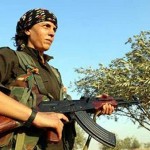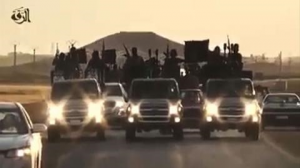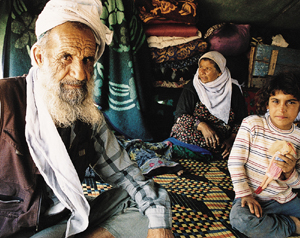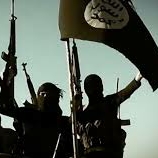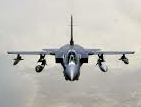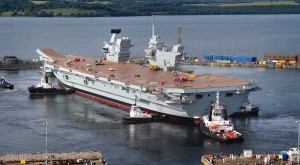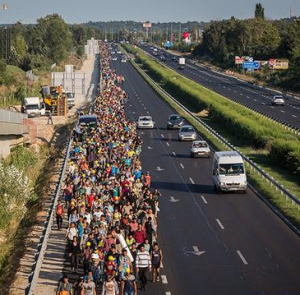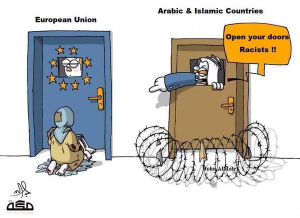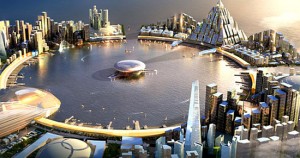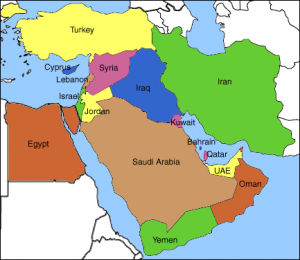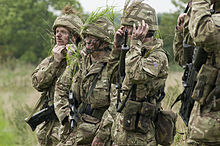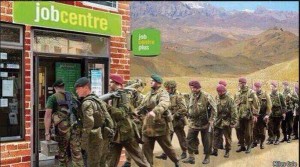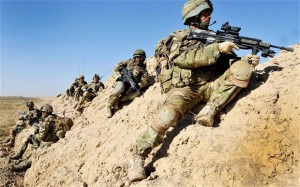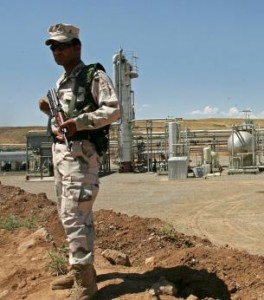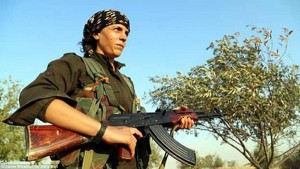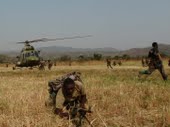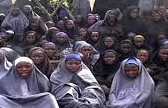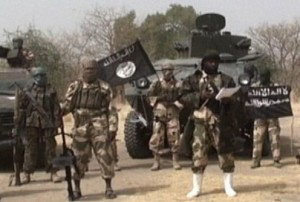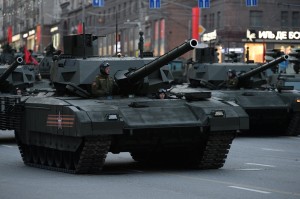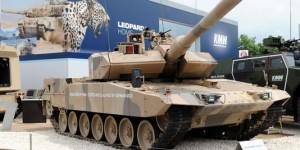by
Dixie Hughes
 Dixie Hughes served in the British Royal Navy, where he attended Britannia Royal Naval College. Later he served in the Dorset Police and he is known for his passionate interest in the Middle East. He is also a founder member and contributor to Defensionem.com.
Dixie Hughes served in the British Royal Navy, where he attended Britannia Royal Naval College. Later he served in the Dorset Police and he is known for his passionate interest in the Middle East. He is also a founder member and contributor to Defensionem.com.
[This item is condensed from an original article on Defensionem.com]
With the imminent arrival of some 5000 Communist Chinese troops in Syria to assist the Russians in ridding the world of the extreme radical Islamic Da’esh (commonly known as Islamic State) movement, the conflict has unquestionably become “World War Three” in all but name. It’s just that no one seems to have noticed.
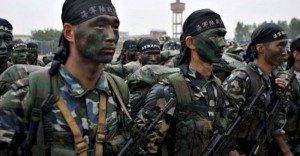
The term “World War” is thought to have been first used in 1850 by Karl Marx in The Class Struggles in France. Its next appearance was as a literal translation of the German word ‘Weltkrieg’ by the German writer August Wilhelm Otto Niemann. He used the term in the title of his anti-British novel Der Weltkrieg: Deutsche Träume (or The World War: German Dreams) in 1904. It was also published in English as The Coming Conquest of England. Officially, the OED cites the first known usage in the English language as being in April 1909, in the pages of the Westminster Gazette.
The definition of a “world war” is a conflict that involves some of the world’s most powerful and most populous countries, spanning multiple countries on multiple continents, with battles fought in multiple theatres. It is also defined more simply, as a war involving many large nations in all different parts of the world.
Many historians have used the term “World War” to include the “War of the Spanish Succession”, the “Seven Years’ War” and the “Napoleonic Wars.”
It was only during the 20th Century that the world experienced two truly global conflicts which are generally recognised as the First and Second World Wars.
Since the latter ended with the explosion of two nuclear weapons, it has been generally assumed that any future conflict between the opposing power blocks of NATO and the Warsaw Pact would bring about Armageddon. Such an apocalyptic end to our civilisation would hopefully be prevented the certainty of aptly-named MAD – or “Mutual Assured Destruction”.
Nowadays such terrifying weapons are possessed not just by USA, UK, France and Russia, as previously; we now know that China, India and Pakistan also have them, and that it is generally accepted that Israel and North Korea do too.
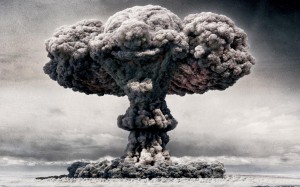
I think it was Einstein, who said something like, “I don’t know how World War 3 will be fought, but World War 4 will be fought with sticks and stones.”
But what if Einstein was wrong? Everyone, even Albert, is allowed one mistake. Can we really be certain that any Third World War would involve nuclear weapons at all?
I was told recently that “What’s happening in the Middle East is a side-show. The next World War will start in Europe or the Pacific.”
Though hardly a “side show”, what is happening in the Middle East is certainly only part of a much bigger picture, as I will illustrate.
If, by definition, a World War must be “a war that involves some of the world’s most powerful countries”, there is also nothing to say those countries had to start it. Or, indeed, have to be the main protagonists.
Surely involvement is the chief criteria. And does a World War actually have to be between countries at all?
A “war” can easily be between contrasting ideologies. If it takes place within one country, it would be called a “civil war”. If it spanned several countries, on different continents, with fighting in multiple theatres, involving some of the world’s most powerful nations; it would most certainly be called a “World War”.
So what have we got?
The Islamic religion is broadly divided into two main houses of faith, Sunni and Shi’ite. DA’ESH – calling itself Islamic State (IS) – is a Wahhabi-Salafist organization, which is opposed to all who aren’t of their Wahhabi-Salafist leaning.
However, it is the Shi’ites who are their main enemy and who comprise the vast majority of their victims
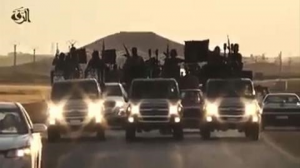 .
.
Da’esh has affiliates who are currently fighting in the Middle East and Asia (Syria, Iraq, Yemen and Afghanistan), in Africa, (Libya, Sinai, Algeria, Nigeria) and in Eastern Europe (Chechnya & Dagestan.) The would-be Caliphate also has followers active in Morocco, Lebanon, Jordan, Turkey, Israel and Palestine.
All this more than fits the multiple countries and continents criteria!
That other well-known Wahhabi-Salafist (Sunni) organisation, al-Qaeda, has affiliates operating in Africa, (the Magreb, Tunisia, Libya, Kenya and Somalia) and Asia (Syria, Yemen, Afghanistan, Pakistan, Indonesia and the Philippines.)
Major nations opposing them around the world include the USA, Great Britain, France and Russia. Now the Communist Chinese have joined the party big time.
Meanwhile in Yemen, Sunni Da’esh and al-Qaeda in the Arabian Peninsula, (AQAP) were losing their struggle against the Zaidi Shi’ite Houthis and the bulk of the Yemeni Army.
However, Da’esh and al-Qaeda jihadis are now being enthusiastically supported by the Saudi-led coalition of Gulf Co-operation Council States (UAE, Kuwait, Qatar and Bahrain, as well as Egypt, Morocco, Jordan and Sudan). These are all Sunni nations.
The coalition’s airstrikes, which are actually assisted by the United States, appear to have turned the tide.
On the ground, troops Saudi Arabia and UAE troops are fighting openly alongside Daʿesh and al-Qaeda to defeat the Shi’ite Houthis.
Back in Iraq, Da’esh (IS) is opposed by the Iranian-supported Shi’ite Militias, the Kurdish Peshmerga and parts of the Iraqi army. Sunnis in the Iraqi army have an unsurprising propensity to run away or defect when confronted by Da’esh.
From Baghdad the fight against Da’esh is supported by US-led coalition air force operations including planes from the USA itself, Australia, Belgium, Canada, Denmark, France, Germany, Italy, Netherlands, Norway, Portugal, Spain, Turkey and the UK. Just to add to the confusion, Turkey, with its Sunni administration, has in fact carried out more airstrikes against the separatist Kurds than it has against Da’esh.
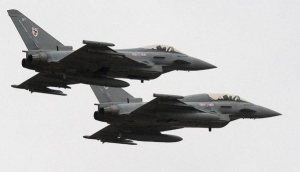 In Syria, the fight against the Alawite (a Shi’ite Sect) regime of President Assad, on the ground is led by Da’esh and al-Nusrah (al-Qaeda in Syria).
In Syria, the fight against the Alawite (a Shi’ite Sect) regime of President Assad, on the ground is led by Da’esh and al-Nusrah (al-Qaeda in Syria).
At the leadership level there is disagreement between them, but their ideologies remain the same (Wahhabi-Salafist).
Ranged against them, supporting President Assad are the Iranian-backed Shi’ite Hezbollah, Iranian and Russian forces. And now the Communist Chinese.
Of course Turkey, which borders Syria, confuses the local issue even further. The current, Turkish (Sunni) regime also want rid of Assad, but not as much as they want rid of the independence-seeking Kurds. It just so happens that Kurdish fighters are the most effective ground force against Da’esh that the US is prepared to support.
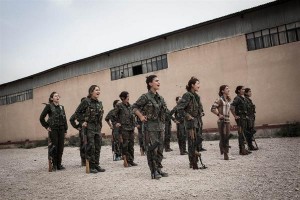
This clearly international conflict is in fact really between Sunni and Shi’ite Muslims.
If the West is serious about defeating Da’esh (aka Islamic State), it must take a pragmatic approach and co-operate with Russia and Iran. In this particular fight, they are the allies it needs. If that means leaving President Assad in place for now, so be it.
But it also has to recognise that this is a world-wide Muslim war. The necessary counter force of “boots-on-the-ground” have to be Muslim, ie. Kurdish and Iranian. The West and Russia must limit themselves to support operations, Special Forces activity and airstrikes, as at present.
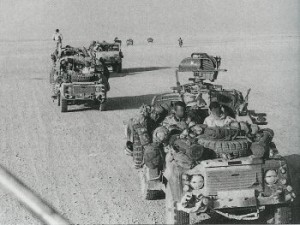 So, the news is most definitely that World War Three has already started, though – or perhaps because – nuclear weapons are not (yet) involved, nobody appears to have noticed.
So, the news is most definitely that World War Three has already started, though – or perhaps because – nuclear weapons are not (yet) involved, nobody appears to have noticed.


